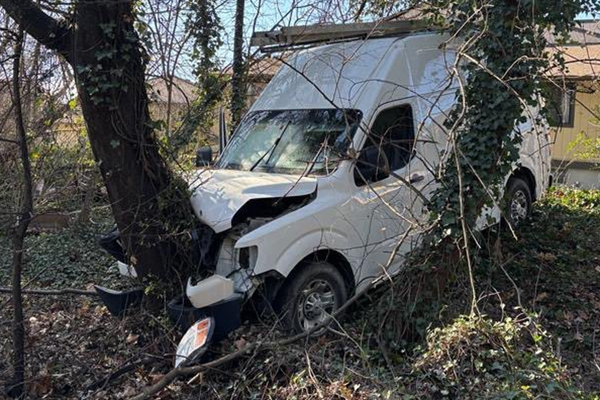
Smart devices are everywhere. Phones, TVs, speakers, and even refrigerators now connect to the internet. You buy them, set them up, and use them every day. But do you really own your smart devices? The answer is more complicated than it seems. This question matters because it affects your privacy, your wallet, and your control over the things you use. If you think buying a device means you control it, you might want to read on.
1. You Buy the Hardware, Not Always the Software
When you pay for a smart device, you own the physical object. You can hold it, move it, or even smash it if you want. But the software inside—the code that makes it “smart”—is usually licensed, not sold. This means you agree to use the software under certain rules set by the company. If you break those rules, they can limit what your device does. For example, some companies can disable features or even “brick” your device if you try to change the software. This is common with phones, smart TVs, and even cars. You might own the shell, but the brains are on loan.
2. End User License Agreements (EULAs) Limit Your Rights
Every smart device comes with a long legal document called an End User License Agreement, or EULA. Most people never read it. But by clicking “agree,” you accept all the terms. These terms often say you can’t modify the software, share it, or use it in ways the company doesn’t like. If you do, they can shut down your device or block updates. Some EULAs even let companies collect your data or change the rules later. You might think you own your smart device, but the EULA says otherwise.
3. Remote Updates Can Change or Remove Features
Smart devices get updates over the internet. Sometimes these updates fix bugs or add new features. But they can also take features away or change how your device works. Companies can push updates that remove apps, limit functions, or add ads. You might wake up one day and find your device is different from when you bought it. In some cases, companies have even disabled devices completely when they stop supporting them. This happened with some smart home hubs and speakers. You paid for the device, but you don’t control what it does tomorrow.
4. Your Data Isn’t Always Yours
Smart devices collect a lot of data. They track what you watch, what you say, where you go, and more. This data often goes back to the company’s servers. You might think your data is private, but it’s usually not. Companies use your data to improve their products, target ads, or sell to third parties. In some cases, your data can be shared with law enforcement or hackers if there’s a breach. Owning the device doesn’t mean you own the data it creates.
5. Repairs and Modifications Are Often Restricted
If your smart device breaks, you might think you can fix it yourself or take it to any repair shop. But many companies make this hard. They use special screws, glue, or software locks to keep you out. Some even say in the EULA that you can’t repair or modify the device. If you try, you could void your warranty or lose access to updates. This is a big issue with phones, laptops, and even tractors. The “right to repair” movement is fighting for your ability to fix what you own, but it’s still an uphill battle.
6. Devices Can Stop Working When Companies Pull the Plug
Smart devices rely on servers and support from the company. If the company goes out of business or decides to stop supporting your device, it can stop working. This has happened with smart thermostats, security cameras, and more. You might have paid hundreds of dollars, but if the company pulls the plug, your device becomes useless. This risk is higher with smaller brands, but even big companies have done it. Before you buy, check how long the company promises to support the device.
7. Subscription Fees Can Limit Your Use
Some smart devices require a subscription to unlock all features. You might buy a security camera, but you need to pay monthly to store video or get alerts. If you stop paying, you lose access to key functions. This means you don’t fully own the experience, even if you own the hardware. Always check if your smart device needs a subscription and what happens if you cancel.
8. Legal Loopholes Can Override Your Ownership
Laws around digital ownership are still catching up. In many places, companies can use legal loopholes to control how you use your device. For example, the Digital Millennium Copyright Act (DMCA) in the U.S. makes it illegal to bypass software locks, even for repairs. This means you can’t always do what you want with your own property. Until laws change, companies have the upper hand.
What True Ownership Looks Like
Owning a smart device should mean you control it, can repair it, and decide how it works. Right now, that’s not always the case. Companies set the rules, and you have to play by them. If you want more control, look for devices that support open-source software, allow repairs, and don’t rely on subscriptions. Ask questions before you buy. Read the EULA, even if it’s boring. Push for laws that protect your rights as a consumer. True ownership means having the final say over what you buy.
Have you ever lost access to a smart device or had features taken away? Share your story or thoughts in the comments.
Read More
8 Ways Your Smart TV Might Be Sharing Your Personal Info
The Silent Car Theft Trick That’s Fooling Even Smart Drivers
The post Do You Really Own Your Smart Devices? The Answer May Surprise You appeared first on The Free Financial Advisor.







